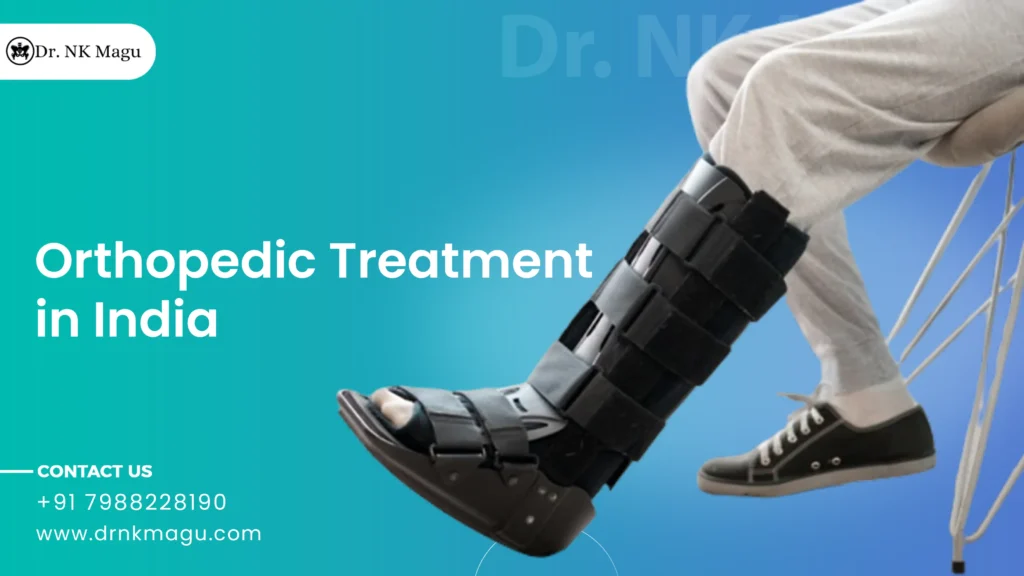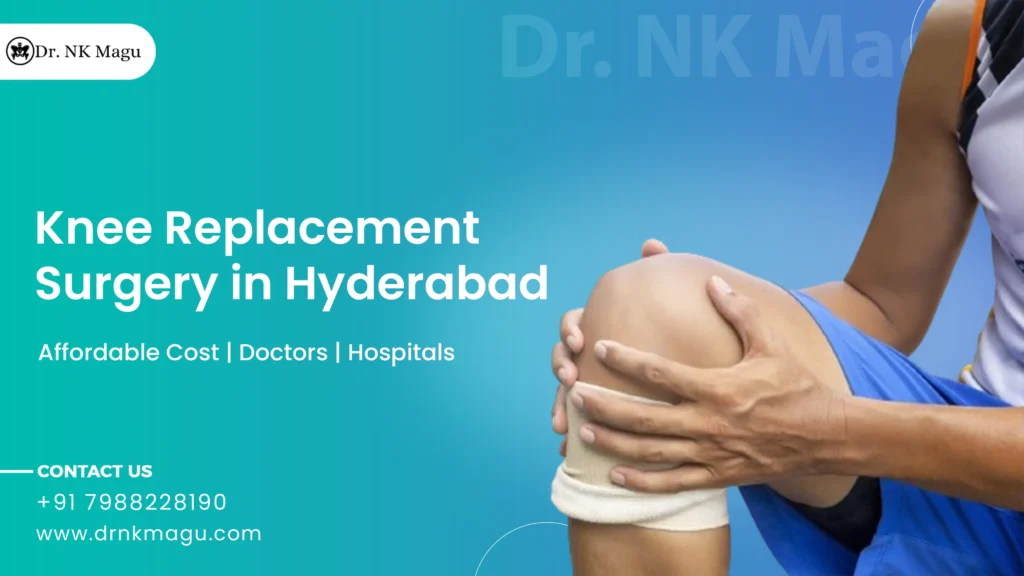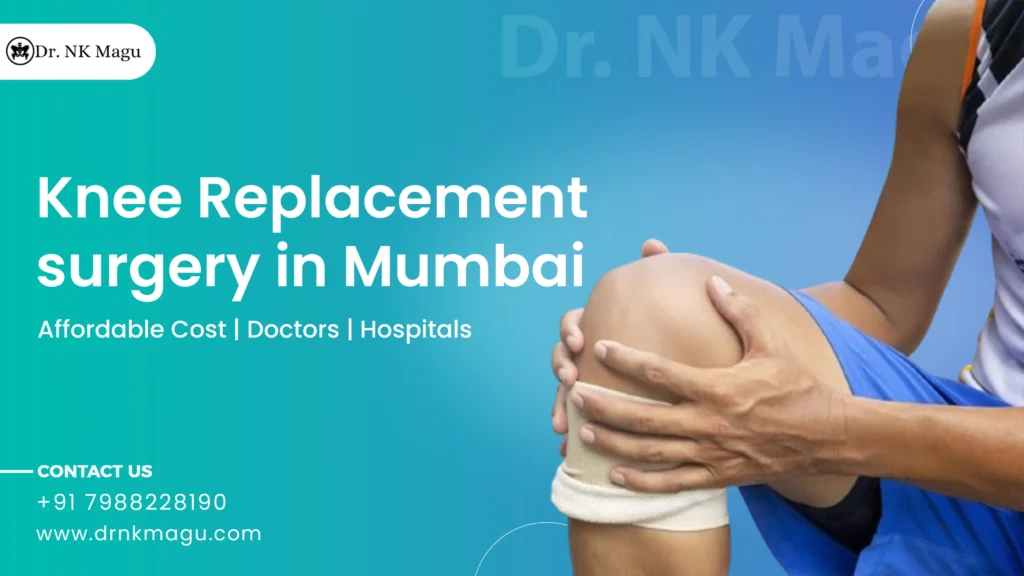Hammer toe is a condition in which the toe is bent abnormally in the joint. The toe will bend downward instead of facing forward. It usually affects the toe next to the big toe and makes it difficult or painful to move the affected toe. If walking is difficult or painful due to your hammertoe, you may consider having surgery. When other conservative treatments are ineffective, they can often successfully treat a serious case.
Anatomy of Toe
There are five toes on the forefoot. Except for the first (big) toe, which typically has just two joints, every toe has three joints.
The affected toe is bent at the middle joint, known as the proximal interphalangeal (PIP) joint, in the hammer toe.
Causes of Hammer Toe
The exact cause of the hammer toe is unknown. It can result from foot injuries and certain diseases like arthritis and diabetes. The constant wearing of a tight shoe can also result in the condition. Extremely tight shoes and heels crowd the toes and make them unable to lie flat, the toe might remain curled even if you don’t wear shoes. Trauma such as stabbed, jammed or broken toe can also result in hammertoe. Also, an imbalance of the toe muscles exerts pressure on the tendons and joints leading to hammertoe over time. You may consult a doctor if the pain in your toe does not diminish and it troubles your working
What Are The Symptoms of Hammer Toe?
Hammer toe is typically characterized by the following symptoms:
- Difficulty in moving the affected toe
- Pain while wearing shoes
- Stiffness of the toe
- Redness and swelling in the affected area
- Development of calluses and corns from scuffing up against the ground or shoes.
Types of Hammer Toe
Hammertoe can be divided into two types mainly based on the severity of the rigidity:
- Flexible hammertoe: In the early stages of hammertoe, the toe is still moveable at the joint and can be straightened or manually corrected. There might be pain, discomfort, or corns and calluses where the bent toe rubs against the inside of the shoe
- Fixed hammertoe: A fixed hammertoe is rigid and cannot be manually straightened. The deformity is severe in this case. Persistent pain and difficulty moving the toe characterized fixed hammertoe. Corns and calluses may also develop.
Hammer Toe Surgery Cost in India
Hammer Toe Surgery Cost in India starts from Rs 1,91,000 (2300 USD). Also, the cost-effectiveness of receiving medical care in India is among the biggest benefits when compared to many other nations, such as the US, Canada, and the UK, medical operations are far less expensive in India.
Factors That Can Affect Hammer Toe Surgery Cost in India
Here are some of the factors that can affect hammer toe surgery cost in India:
- The initial assessment and diagnosis cost
- The hospital stay and surgery costs for the number of days included in the package in the appropriate room category
- costs for consultations with doctors in the appropriate specialty
- Fees for dieticians and nurses
- The appropriate implant or prosthesis cost
- Routine examinations and prescription drugs related to the procedure or therapy.
What are The Types of Diagnosis Done Before The Surgery?
Following are the type of diagnosis done for a hammer toe before its initial treatment:
- Physical Examination: Your doctor will examine your toe joint physically to assess its flexibility or rigidity. Using this information, your physician can decide on the best course of action.
- Imaging Test: Images of dense objects, like bone, can be obtained using X-rays. For confirmation of the diagnosis, your physician can request an x-ray of your foot.
- Additional assessments: In order to ascertain whether a neurological disorder is the source of the tendon imbalance, patients with diabetes or reduced sensation in their feet would need additional testing.
Procedure of Hammer Toe Surgery
The purpose of the surgery is to straighten the deformed toe joint that causes pain, sores or irritation. There are multiple techniques to perform the surgery, based on the specific conditions of an individual and the level of deformity.
- Fusion: The bone of the fixed joint is cut at both ends. A pin or K-wire is temporarily inserted to straighten the toe, the wire is removed once the ends of the previously cut bone are fused. This technique is most commonly employed for hammer toe surgery. The new technique involves permanent implantation of a rod or screw
- Tendon transfer: The tendon is rerouted from under a flexible hammertoe to a new path along the top of the toe. The rerouted tendon acts as a corrective force to help the toe align properly, as opposed to forcing it into a bend
- Joint resection: To maintain the toe straight, the end of the bone at the fixed joint is cut off and temporary pins are inserted
The surgery is an outpatient procedure and it does not require the patient to be hospitalized after the surgery. Generally, you will be able to go home on the same day of the surgery. However, the discharge process will vary based on the hospitals and surgery centers. Pain medications will be prescribed to help you manage the surgical pain. You might also be given a surgical boot or shoe to wear at home.
Helpful: Limb Lengthening Surgery Cost in India
Recovery and Healing Process
After surgery, the surgical stitches are typically taken out two to three weeks later. Within three to four weeks, any temporary pins used during the procedure will also be taken out. Up to four weeks following the procedure, you will be required to wear an open-toed surgical shoe. You can then wear a wide, deep shoe for two more weeks at the very most. Depending on how well you can walk, you might require a crutch or walker for the first week. Following surgery, your surgeon might recommend certain exercises to improve the flexibility of your toe. Pay attention to your physical therapist’s or surgeon’s instructions regarding which exercises to perform and how to prevent injury.
Risks Associated With Hammertoe Surgeries
The chances of complication are very low with hammer toe surgeries. However, you might still experience the following
- Nerve injury
- Reoccurrence of the deformity
- Infection
- Adverse reaction to anesthesia
- Bleeding
- Swelling
- Limited range of motion
Before having surgery, discuss any possible risks unique to your situation with your healthcare provider. See your doctor right away if you have any post-surgery complications in order to prevent more issues.
Why Choose Dr. N. K. Magu?
Dr. N. K. Magu is a world-renowned orthopedic surgeon from India whose outstanding expertise and dedication to the field have gained him international fame. Over the course of several decades, Dr. N. K. Magu has proven to be an exceptional specialist in a number of orthopedic fields, especially when it comes to hip preservation, reconstruction, proximal femoral osteotomies, and other related areas. His reputation as one of the best orthopedic surgeons in the world has been cemented by his unparalleled commitment to enhancing the quality of life for his many patients.











